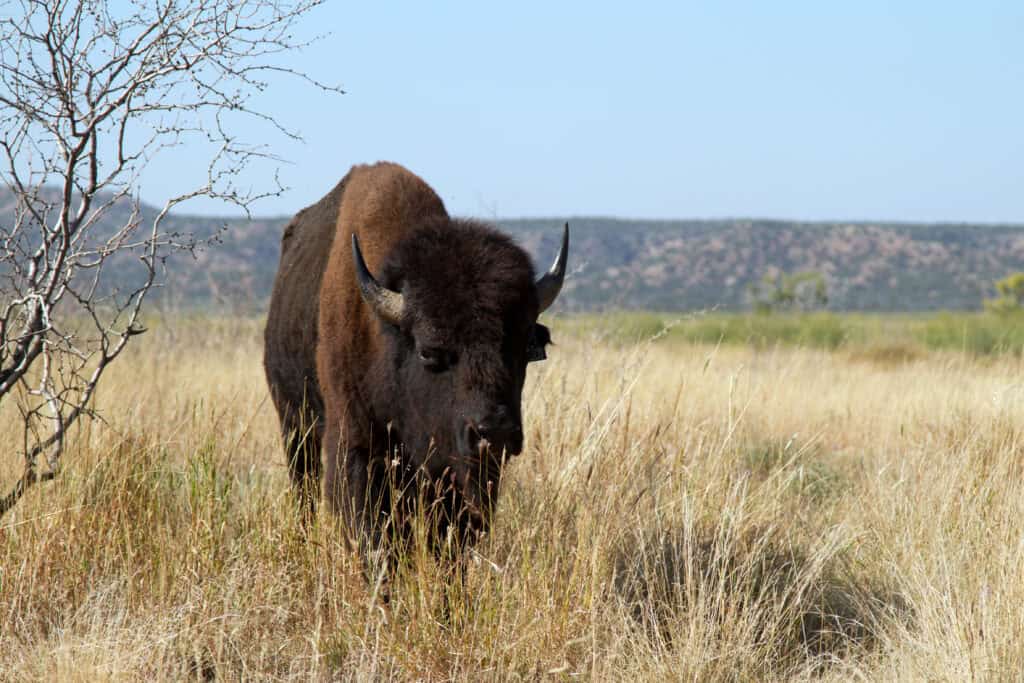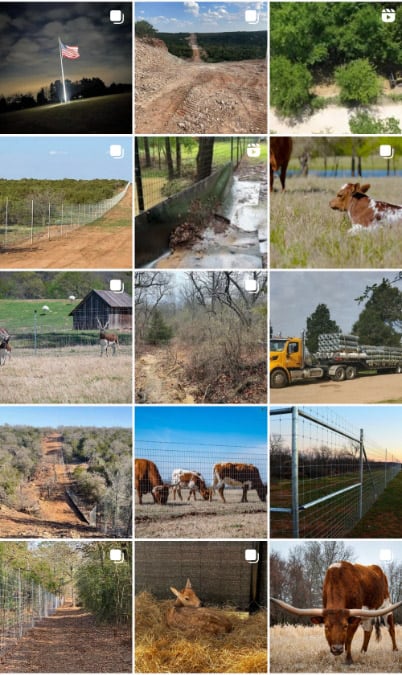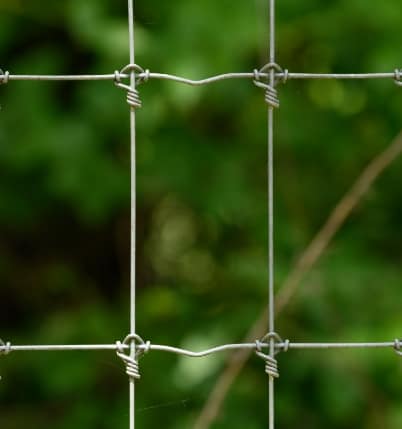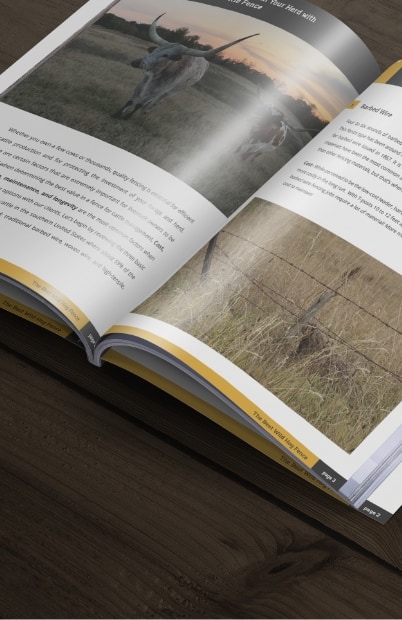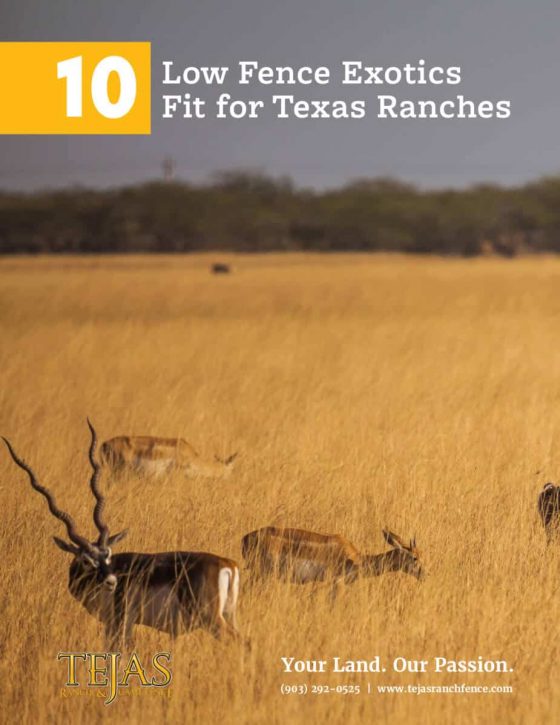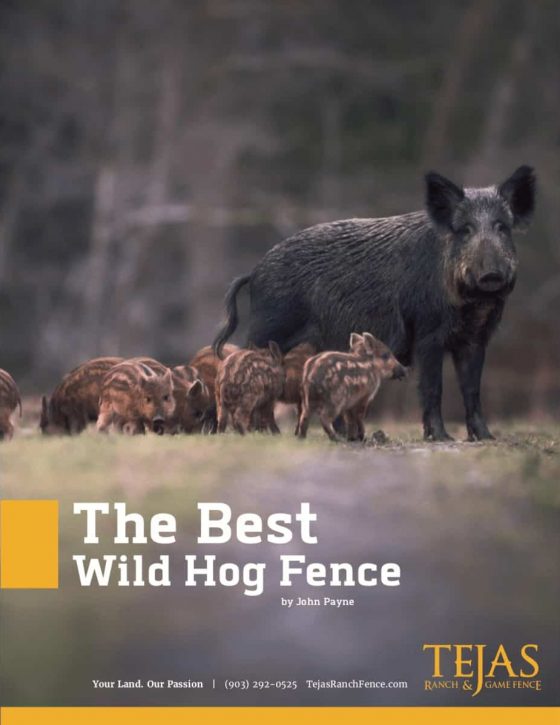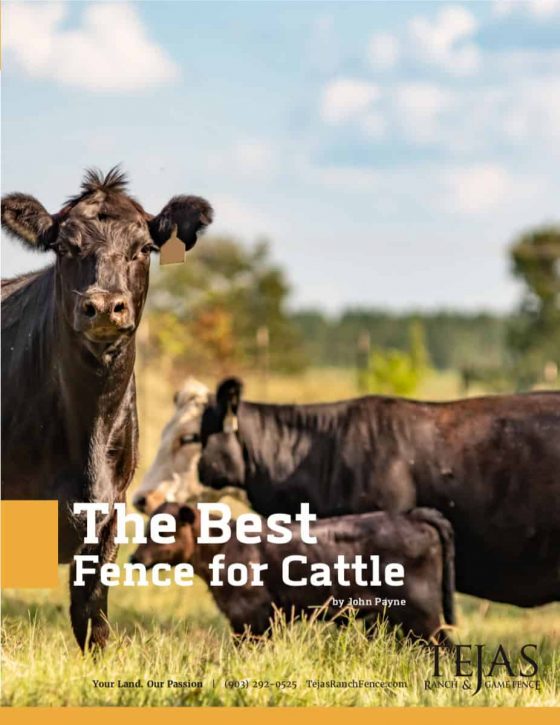The American buffalo, also known as the bison, is an iconic symbol of the United States, representing strength, resilience, and the untamed wilderness of the North American plains. Once roaming in vast herds across the continent, bison played a crucial role in the ecosystem and the lives of Indigenous peoples, providing food, clothing, and tools.
Their population declined drastically in the 19th century, nearly leading to extinction. Today, thanks to conservation efforts, bison have made a remarkable comeback and can be found in protected areas such as Yellowstone National Park. As the national mammal of the U.S., the American buffalo remains a powerful emblem of the country’s natural and cultural heritage.
Understanding the Buffalo
Origins and Ancestry
The American buffalo’s origins date back millions of years. Fossil records indicate that the ancestors of modern bison migrated from Asia to North America during the Pleistocene Epoch, approximately 400,000 years ago. These ancient bison were much larger than the species we know today and shared the continent with other megafauna such as mammoths and saber-toothed cats.
Over time, the bison evolved into two distinct subspecies: the plains bison (Bison bison bison) and the wood bison (Bison bison athabascae). Plains bison are slightly smaller and adapted to open grasslands, while wood bison thrive in boreal forests and are known for their larger size and darker coats. Both subspecies faced dramatic population declines due to human activity, but they remain genetically distinct despite interbreeding in some regions.
Physical Characteristics and Unique Features
The American bison is one of the largest terrestrial animals in North America. Adult males, or bulls, can weigh between 1,000 and 2,200 pounds and stand up to 6.5 feet tall at the shoulder. Females, or cows, are smaller, weighing between 800 and 1,200 pounds. Despite their size, bison are remarkably agile and can run at speeds of up to 35 miles per hour.
Bison are easily recognizable by their massive heads, humped shoulders, and shaggy brown coats. Their thick fur provides insulation during harsh winters, while the lighter summer coat helps them stay cool in warmer months. Bison have sharp, curved horns that are used for defense and dominance displays. Both males and females possess horns, which can grow up to two feet in length.
Their large heads and muscular necks are perfectly adapted for grazing. Bison use their heads to push aside snow in search of grass during winter months. Their diet primarily consists of grasses, but they also consume sedges, herbs, and shrubs when available.
| Height | 4.5 – 6.5 feet |
| Length | 9 – 11.5 feet |
| Weight | 1,000 – 2,000 pounds |
| Color | Light or dark brown coat |
| Lifespan | 15 – 25 years |
| Country of Origin | Asia |
| Habitat | Prairies, plains, and woodlands |
| Diet | Herbivores: grasses, herbs, and shrubs |
| Fence Requirement | Cattle Fencing |
| Suggested Fence Pattern | The Best Fence for Cattle |
Habitat
Buffalo are highly adaptable animals that can survive in a variety of environments, although they are most commonly associated with North America’s Great Plains. Their historic range stretched from Canada to northern Mexico and from the Rocky Mountains to the eastern forests.
Today, bison are found in protected areas, such as national parks, reserves, and private ranches. They prefer habitats with abundant grass for grazing, such as prairies, plains, and open woodlands. Water sources are essential for their survival, as bison need to drink regularly and wallow in mud to protect themselves from insects and regulate their body temperature.
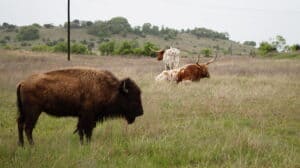 Behavior and Social Structure
Behavior and Social Structure
Bison are social animals that live in herds. Herd size can vary widely depending on the season and available resources. During the summer, large mixed groups of males, females, and calves can number in the hundreds. In contrast, bulls often form smaller bachelor groups or roam alone during the winter.
Bison herds are matriarchal, with older cows leading the group. These leaders make critical decisions about movement and grazing areas. Males generally join the herd during the breeding season, which occurs between July and September. During this time, bulls compete for access to females through displays of strength, including charging, headbutting, and vocalizations.
Calves are typically born in the spring after a nine-month gestation period. They are reddish-brown in color and stay close to their mothers for protection and nourishment. Calves begin grazing within a few weeks but continue nursing for several months.
Bison communicate using a range of vocalizations, body language, and scent marking. Low-pitched grunts, bellows, and snorts are common sounds, while tail position and body posture convey mood and intent.
Conservation Efforts and Reintroduction Programs
The story of the American bison is a testament to both the devastating impacts of human activity and the resilience of nature when supported by conservation efforts. Once numbering an estimated 30 to 60 million across North America, bison populations were decimated in the 19th century due to overhunting, habitat loss, and deliberate extermination campaigns aimed at undermining Indigenous communities that relied on bison for sustenance.
By the late 1800s, fewer than 1,000 bison remained. Efforts to save the species began with individuals like William Hornaday and President Theodore Roosevelt, who helped establish protected herds in places like Yellowstone National Park. These initial efforts laid the groundwork for modern conservation initiatives. Today, the American buffalo’s status has improved significantly. Conservation programs led by governments, Indigenous groups, and private organizations have increased bison numbers to approximately 500,000. However, only a fraction of these are wild and free-ranging, with the majority living on private ranches or managed lands.
Conclusion
The American buffalo is a symbol of strength, resilience, and the interconnectedness of life on the North American plains. From its ancient origins to its near extinction and remarkable recovery, the bison’s story underscores the importance of conservation and the enduring relationship between humans and the natural world. By continuing to protect and restore this iconic species, we not only honor its legacy but also ensure that future generations can witness the majesty of buffalo roaming free across their ancestral landscapes.
Join our email newsletter and receive informative articles like these in your inbox! Subscribe here.
About Tejas Ranch & Game Fence
Tejas Ranch & Game Fence is the go-to ranch fence contractor for landowners with a vision for their property. We have a broad offering of ranch fence solutions, such as high-game fences, cattle fences, hog-proof fences, and more. We offer land clearing, trail construction, and land development consulting along with our fence solutions.
Related Posts
Exotic Black Hawaiian Sheep
Exotic Barbados Sheep
Exotic Zebras
Exotic Rhea
Exotic Addax
Exotic Scimitar Oryx
Exotic Blackbucks
Exotic Sika Deer
Exotic Painted Desert Sheep
Exotic Mouflon Sheep
Exotic Corsican Sheep
Exotic Fallow Deer
Exotic Aoudad Sheep
Exotic Nilgai Antelope
Exotic Texas Dall Sheep
Exotic Axis Deer
Exotic Pere Davids Deer
